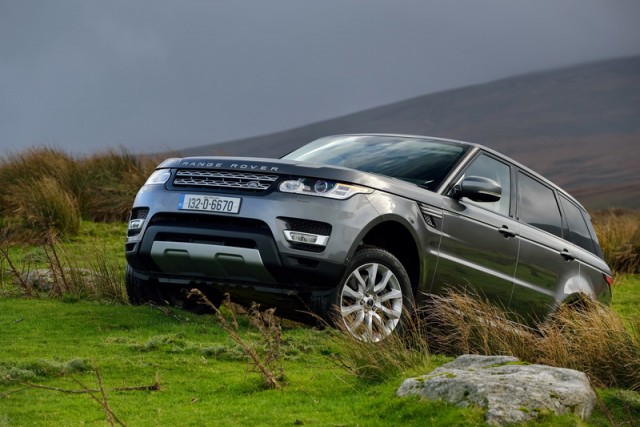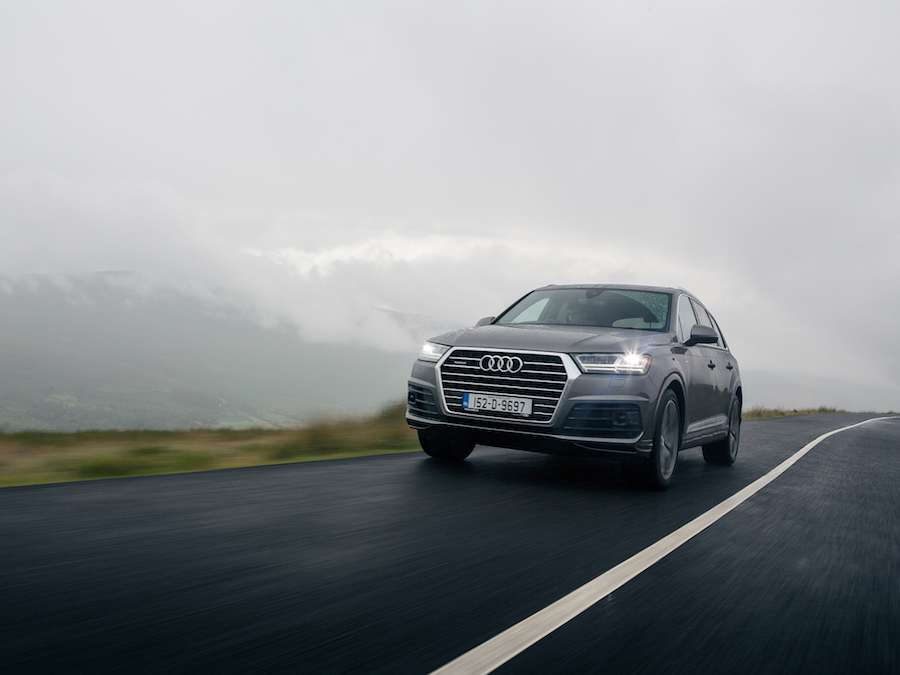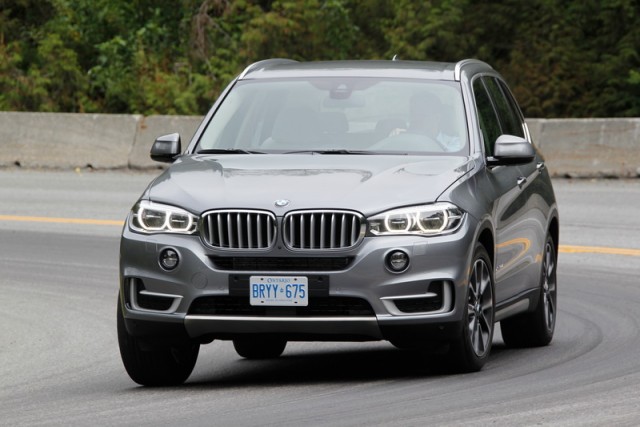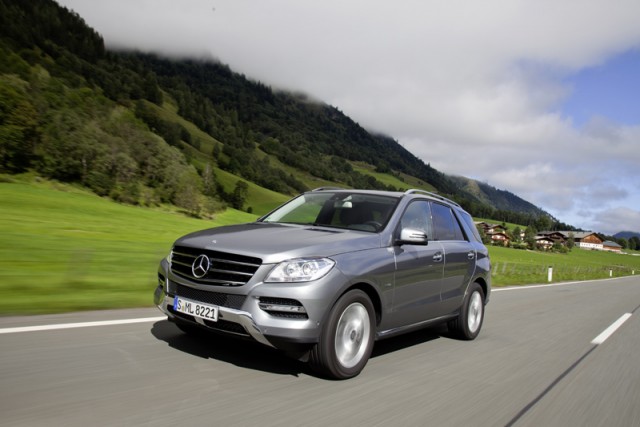Good: rugged good looks, comfort, on-road poise, off-road ability, image, engine
Not so good: no split tailgate, pricey, hatred from pedestrians, cheap dials, awkward satnav
Hands up, I'm a Land Rover fan. A big Land Rover fan. As well as a fan of big Land Rovers. Always have been. When every one of my kids-of-the-eighties peers was lusting after the Miami Vice Testarossa, I had a picture of a Series 1 88-inch with canvas tilt on my bedroom wall (this is true). Sorry, I'm just practical.
But that practical streak gives me something of an odd relationship with the Range Rover Sport. While I cannot deny that I loved the original Range Rover Sport, I must confess to having mixed feelings about it. You see, it wasn't really a Range Rover at all, but instead built on a cut-and-shut Discovery chassis, which made it heavy and occasionally a touch ponderous to drive. Then there was the tiny rear seat space, which surely ruined the point of what was supposed to be a posh family car. And then there was the fact that it just couldn't live up to the gorgeousness of the concept car that preceded it - the astonishing Range Stormer. The Sport looked handsome enough, but it was too easy to mistake for a 1994 P38a Range Rover. And then there was the image it projected, which was somewhere between premiership footballer and drug dealer.
There's no chance of mistaking this new Range Rover Sport for an old car though - its styling is bang up to date, taking the cues established by the smaller Evoque and the big, 'full-fat' Range Rover, and stretching everything back slightly, like an Olympic fencer leaning on their back foot to avoid a swishing epée. The only stylistic danger here is to mistake it for the smaller, cheaper Evoque, so good a job has Land Rover's design team done of disguising the car's bulk. Still, these days being mistaken for driving a smaller, cheaper car may be no bad thing...
Underneath, this new RRS bears no relation whatsoever to its predecessor. Out goes the heavy, steel T5 chassis borrowed from the Discovery and in comes the same high-tech aluminium platform that you'll find under the bigger Range Rover, and which is also due to be shared with future Jaguar models. At a swoop, the switch to aluminium has taken around 400kg of dry weight out of the car compared to its predecessor, and that has some remarkable benefits.
First and foremost, it has put a serious move on the economy and emissions figures. Here at last is a full-size Range Rover-badged product for which you won't have to pay the highest rate of motor tax. A cost of €1,200 a year is hardly cheap, but if you can already afford the car, you can probably afford that. Then there's the fuel consumption. Land Rover quotes 37mpg on average, which sounds a touch optimistic, but you should easily be able to average north of 30mpg and again, that makes this the first big Range Rover about which we can say that.
Then there's the performance. Previously, to get any decent straight-line performance out of your Range Rover, you had to upgrade to the thirsty, expensive 3.6-litre V8 diesel. Now, the standard 3.0-litre V6 engine does the job just fine. It's a terrific unit this one, developing 292hp in SDV6 form and shoving this big, two-and-a-bit-tonne machine from 0-100km/h in just 7.2 seconds, which is frankly ludicrously quick. Better yet, it sounds good when doing so, roaring with a distant 'vroaaargh!' when you ask for power, and fading into near silence when you don't. Put simply, it's as good a diesel engine as anything BMW makes, and praise comes no higher.
Then there's the cabin. It's not perfect; the main dials look as if they've been lifted from a small, cheap hatchback and the touch-screen for the satnav and stereo is appallingly fiddly and awkward to use. But to truly appreciate the RRS's interior, you need to go on a long drive, preferably at night. Then, with the kids (hopefully) asleep in the much more spacious rear, with the soft mood lighting picking up the highlights of the cabin design (gorgeous gear shifter, steering wheel and perfect wood work) you can relax into the journey, barely feeling the miles pass by. It's a simply wonderful place to be and you'll start searching out excuses for long drives just to experience it.
It's also just ridiculously good to drive on both twisty roads and soggy mud. Yes, it's big and ultimately yes, if you pile into a corner, late on the (reassuringly strong) brakes it will howl with protest while ploughing on, but the trick is to refine your technique a little. While the RRS may be bang up to date, tech-wise, it's a bit of an old-school hot rod when it comes to driving. So, get all Stirling Moss on it - brake and change down in a straight line (use the fabulous shift lever lifted from the Jag F-Type if you like) and use the classic slow-in-fast-out technique. As long as either you or the terrific eight-speed gearbox has picked the right cog for the exit, the vast wave of low-down torque will haul you up and out of the corner with terrific vim and minimal body roll. The steering is a little light and a bit wishy-washy just off centre, but you soon learn to trust it and once you learn where and how it bites properly, chucking the big RRS around soon becomes like driving a Golf GTD on stilts. Of course, you can make your Sport handle and steer even better by fitting the optional Dynamic Pack, but we're unsure as to how that might affect the gorgeously soft ride on Irish roads, so perhaps it's best left well enough alone.
As for off-road prowess, well, there's probably nothing much better really, and if you fit your RRS with some decent mud-and-snow tyres, you will have a vehicle capable of traversing more or less any terrain. If we do get snow in February, you'll be the smuggest driver in town.
Any problems? Well, the lack of a split tailgate remains an issue, as it deprives you of somewhere nice to sit when out on a picnic and at €91k as tested, this RRS will remain the preserve of a tiny, wealthy elite. There's also the fact that the frankly brilliant new BMW X5 is nipping hard at this car's heels. Still, with its trimmer waistline, new found practicality and ruggedly handsome good looks, this is a tough car to resist. It has an astonishing depth of dynamic capability (equally at home on fast, sweeping tarmac as it is on lonely, muddy hillsides) and no small dose of charm. This really is Land Rover working at the peak of its abilities, and that, believe me, is some peak.



























































